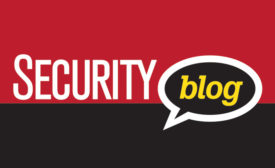Home » workplace violence
Articles Tagged with ''workplace violence''
From the ER to the C-Suite, Hospitals Tighten Up Security
Behavioral health, the pharmacy, the ER and the labor-and-delivery areas remain large areas of security focus for hospitals.
June 1, 2017
Sign-up to receive top management & result-driven techniques in the industry.
Join over 20,000+ industry leaders who receive our premium content.
SIGN UP TODAY!Copyright ©2024. All Rights Reserved BNP Media.
Design, CMS, Hosting & Web Development :: ePublishing






